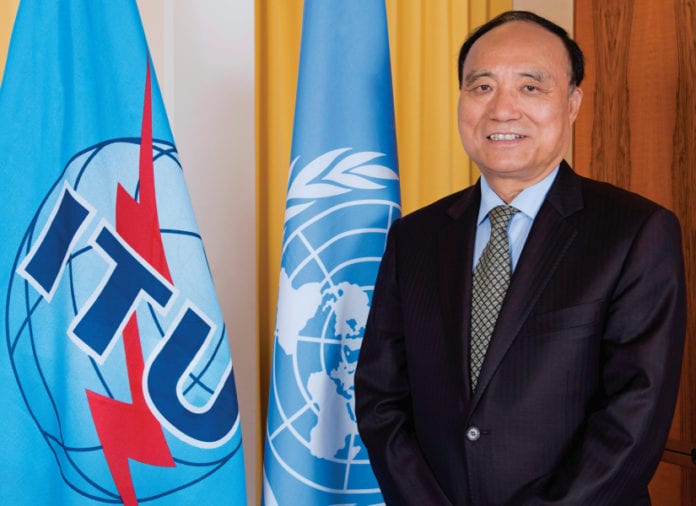Regulators from around the world gathered in Port Vila, Vanuatu, from 9 to 12 July for the ITU Global Symposium for Regulators (GSR). They identified and endorsed a set of regulatory Best Practice Guidelinesto fast forward digital connectivity and allow people everywhere to benefit from digital transformation and participate in today’s digital economy, according itu.int.
To unlock the full potential of digital technologies and accelerate progress towards the United Nations Sustainable Development Goals (SDGs), the Guidelines emphasize the need for a more actionable, collaborative, and innovative outcome-based approach to regulation. They urge regulators and all stakeholders to be open to new regulatory tools and solutions and act now.
“This week, Vanuatu was the centre of the ICT regulatory world. GSR-19 gave us a golden opportunity to discuss connectivity strategies with regulators from the entire Pacific region and the rest of the world,” said ITU Secretary-General Houlin Zhao (photo). “As regulators everywhere are faced with new technologies and new business and investment models, the GSR-19 Best Practice Guidelines show how critical collaborative regulation is to achieving the SDGs and delivering on the promise of the digital economy, including for the 3.7 billion people who are still not using the Internet.”
“The regulatory landscape of digital markets is fast-moving and extremely complex. There is still much work to be done, and regulators across all sectors must rise to the challenge of connecting the other half of world’s population,” said Mr Brian Winji, Chairman of GSR-19 and Telecommunications, Radiocommunications and Broadcasting Regulator of the Republic of Vanuatu. “The GSR-19 Best Practice Guidelines we adopted are an invaluable tool that enables regulators to address the challenges ahead and navigate through rapidly evolving technologies, business models and market structures that are affecting economies, society and people around the world.”
The GSR-19 Best Practice Guidelines call for the adoption of three new and innovative approaches for achieving inclusive digital infrastructure and services, based on:
- Core design principles for collaborative regulation − to help respond to new technology paradigms and business models.
- Benchmarks for regulatory excellence and market performance − grounding regulatory decisions in robust, multifaceted and thoughtfully interpreted evidence can prove instrumental in generating positive market dynamics in the short and long term.
- Regulatory tools and approaches at hand for enabling digital experimentation −to contribute towards improving digital market outcomes, countries need to leap forward to the next level of collaborative regulation with a new attitude and a new toolbox.
“Looking back over nearly 20 years of GSR, the role of the ICT regulator has never been more important,” said Doreen Bogdan-Martin, Director of the ITU Telecommunication Development Bureau. “ICTs are at the heart of efforts to attain the 17 UN Sustainable Development Goals, and accessible, affordable ICT infrastructure is the pre-condition of every nation’s ongoing socio-economic development. Based on the contributions of regulators from all regions, and adopted by consensus, the new guidelines will light the way towards achieving inclusive digital connectivity globally.”
On 9 July, at the 10th Private Sector Chief Regulatory Officers meeting, regulators addressed critical questions from the industry’s perspective. To ensure that inclusivity can be achieved commercially in a sustainable way, participants highlighted the need for appropriate incentives provided by the policy and regulatory environment. They also stressed that in areas that are uneconomical, the right balance has to be struck between regulation, public sector involvement and competitive market forces. See the outcome document.







